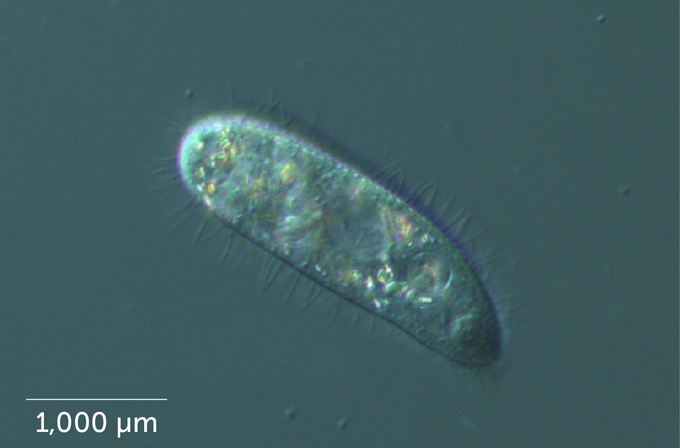Since early 2022, sea urchins have been mysteriously dying off across the Caribbean. Now scientists say they have identified the main culprit: a type of relatively large, single-celled marine microorganism called a scuticociliate.
The discovery is a little surprising given that “ciliates are not normally seen as agents of mass mortality,” says Ian Hewson, a marine microbial ecologist at Cornell University. But the evidence, described April 19 in Science Advances, all points to the organism, Philaster apodigitiformis, infecting the urchins, he says. “In all of my years of investigating marine diseases, this is the one which we are 100 percent confident about.”
Scuticociliates are found across the world’s oceans. Given their ubiquity, it’s unknown what conditions may have allowed P. apodigitiformis to become so detrimental to the urchins. It’s also unclear how it causes infection.
While there are no available treatments for the disease, knowing the pathogen’s identity allows for the development of possible options.
 Scuticociliates, such as Philaster apodigitiformis (shown), are relatively large microorganisms that are widely dispersed across the world’s oceans.Mya Breitbart/USF College of Marine ScienceScuticociliates, such as Philaster apodigitiformis (shown), are relatively large microorganisms that are widely dispersed across the world’s oceans.Mya Breitbart/USF College of Marine Science
Scuticociliates, such as Philaster apodigitiformis (shown), are relatively large microorganisms that are widely dispersed across the world’s oceans.Mya Breitbart/USF College of Marine ScienceScuticociliates, such as Philaster apodigitiformis (shown), are relatively large microorganisms that are widely dispersed across the world’s oceans.Mya Breitbart/USF College of Marine ScienceLong-spined sea urchins (Diadema antillarum) play a crucial role in Caribbean coral reefs, grazing algae that would otherwise smother corals (SN: 9/27/22). In the 1980s, the urchins nearly disappeared during a massive die-off, the cause of which remains unknown (SN: 6/16/84).
Decades of restoration efforts had made some progress when an alarmingly similar mortality event began to spread in January 2022, wiping out thousands of urchins. This time, scientists across the United States and the Caribbean sprang into action.
Three teams independently reached the same conclusion about P. apodigitiformis, using different approaches. Hewson’s team compared the entire set of active genes, or the transcriptome, of healthy and sick urchins from 23 sites across the Caribbean. The researchers noticed that some of the active genes in the sick urchins’ transcriptomes weren’t from the urchins but from the microorganism. Meanwhile, teams in Florida and Hawaii observed the scuticociliates in the tissues and fluids of sick urchins, reinforcing the genetic finding.
Upon a closer look, the scuticociliates tended to cluster in the sick urchins’ body walls and at the base of their spines. The microorganisms were absent from healthy urchins.
The next step was to isolate the pathogen and infect healthy urchins. Four days after infection, six of 10 infected urchins lost many spines — a common symptom of sick urchins. None of the uninfected urchins lost spines.
“It was really exciting to see,” says Michael Sweet, a marine disease ecologist at the University of Derby in England, who wasn’t involved in the study. “Scary, but also exciting to see the [ciliate’s] name mentioned in a different context because Philaster has never been related to urchin diseases before.” His research points to the involvement of the genus in several coral diseases.
While the scuticociliate clearly plays a pivotal role, Sweet says, there are almost certainly other factors at play, such as other microorganisms or environmental stressors, that could help explain what triggered the start of the recent die-off.
For now, it’s unknown if the same pathogen was involved in the 1980s die-off. Hewson’s team hopes to answer that question by looking at museum specimens from the period.

